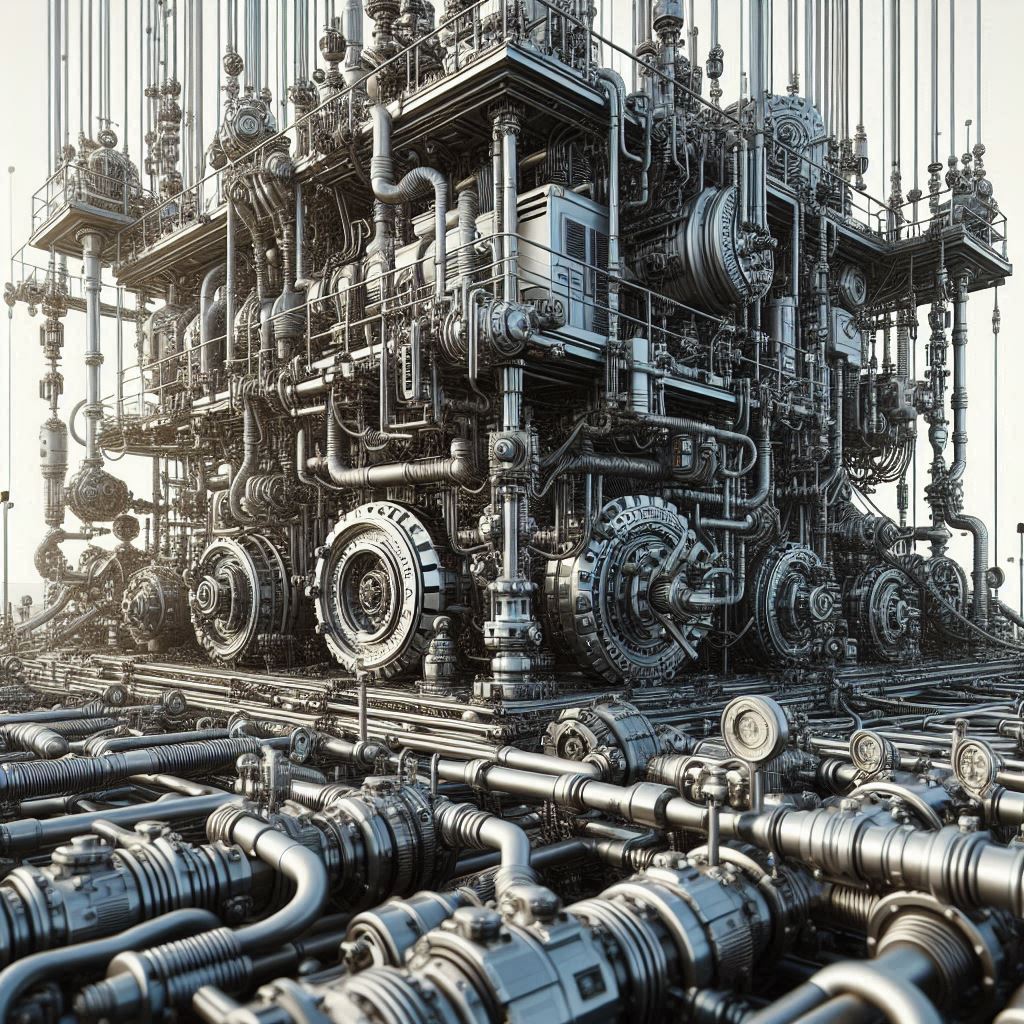The hydraulics industry, integral to numerous sectors such as construction, automotive, and manufacturing, is rapidly evolving with advances in technology and a growing focus on sustainability. As industries across the globe move toward automation and energy efficiency, the hydraulics market is poised for transformative growth. This article explores the future trends shaping the hydraulics industry, offering insights into regional market dynamics and highlighting key opportunities for growth.
Growth Trends in the Hydraulics Industry
The global hydraulics industry is undergoing significant change, driven by emerging trends that promise to redefine how hydraulic systems are used in industrial and commercial applications. Key growth trends include:
- Integration of Electro-Hydraulic Systems: The convergence of hydraulic and electronic technologies is leading to smarter systems that offer enhanced precision, control, and energy efficiency. This trend is revolutionizing sectors like robotics and aerospace, where high accuracy and reduced energy consumption are critical.
- Focus on Sustainability: Environmental concerns are pushing industries toward adopting more sustainable hydraulic systems. Green hydraulics, which emphasize the use of biodegradable fluids and energy-efficient designs, are gaining traction. Companies are investing in research and development to create systems that comply with stringent environmental regulations.
- Automation and Digitalization: Automation is becoming a major driving force in the hydraulics market. Hydraulic systems are now incorporating IoT sensors, data analytics, and artificial intelligence to enable real-time monitoring and predictive maintenance. This helps reduce downtime, improve efficiency, and extend the lifespan of machinery.
- Miniaturization and Lightweight Systems: As industries demand more compact and efficient machinery, the trend toward miniaturization is gaining momentum. Smaller, lighter hydraulic components are being developed, particularly in industries like aerospace and medical devices, where space constraints and precision are key.

Regional Insights in the Hydraulics Industry
The growth trajectory of the hydraulics market varies significantly across different regions. Each region presents unique opportunities and challenges, driven by economic conditions, industrialization, and government initiatives.
- North America: The hydraulics market in North America is bolstered by strong demand from the aerospace, defense, and automotive sectors. The region is also seeing increased adoption of smart hydraulic systems as part of broader industrial automation efforts. Investments in energy-efficient technologies and green hydraulic systems are further driving growth.
- Europe: Europe is at the forefront of sustainable hydraulics, with a strong emphasis on eco-friendly solutions and energy efficiency. The region’s stringent environmental regulations are prompting companies to adopt more efficient hydraulic systems. Key industries driving demand include construction, automotive, and manufacturing.
- Asia-Pacific: The Asia-Pacific region is expected to witness the highest growth in the hydraulics market, driven by rapid industrialization and infrastructure development, particularly in China and India. The expanding automotive and construction sectors, coupled with rising investments in smart technologies, are fueling demand for hydraulic systems. Moreover, government initiatives aimed at modernizing industries and reducing emissions are supporting market growth.
- Latin America and Middle East: While these regions are smaller in market size compared to others, they are poised for growth due to increased investment in infrastructure projects, mining, and oil & gas exploration. The need for reliable hydraulic systems in these sectors is driving demand.
Future Opportunities in the Hydraulics Industry
As the hydraulics market continues to evolve, several opportunities for growth and innovation are emerging:
- Adoption of Smart Hydraulics: The future of the hydraulics industry lies in smart, connected systems. By incorporating IoT sensors and AI-driven analytics, hydraulic systems can offer real-time data on performance, enabling predictive maintenance and reducing operational costs. Companies that invest in smart hydraulics will be well-positioned to capitalize on the growing demand for automation and efficiency.
- Renewable Energy Applications: With the global shift toward renewable energy, the use of hydraulic systems in wind and solar power generation presents a significant growth opportunity. Hydraulics play a key role in the control mechanisms of wind turbines, and advancements in this field can lead to more efficient energy generation.
- Eco-Friendly Hydraulic Solutions: As environmental regulations become stricter, there is a growing demand for hydraulic systems that minimize energy waste and use biodegradable fluids. Companies that focus on developing eco-friendly solutions will benefit from increasing market demand, particularly in Europe and North America.
- Expansion in Emerging Markets: Rapid industrialization in emerging economies such as India, Brazil, and Southeast Asia offers significant growth potential. The construction, automotive, and manufacturing industries in these regions are expanding, driving demand for efficient and reliable hydraulic systems.
The hydraulics industry is at a pivotal moment, with growth trends centered on sustainability, automation, and technological innovation. As industries across the globe embrace smarter, greener, and more efficient systems, the hydraulics market is poised for significant expansion. Companies that focus on integrating electro-hydraulic systems, adopting digitalization, and developing eco-friendly solutions will be at the forefront of this evolution. With emerging markets offering vast growth potential, the future of the hydraulics industry looks promising, presenting numerous opportunities for innovation and expansion.